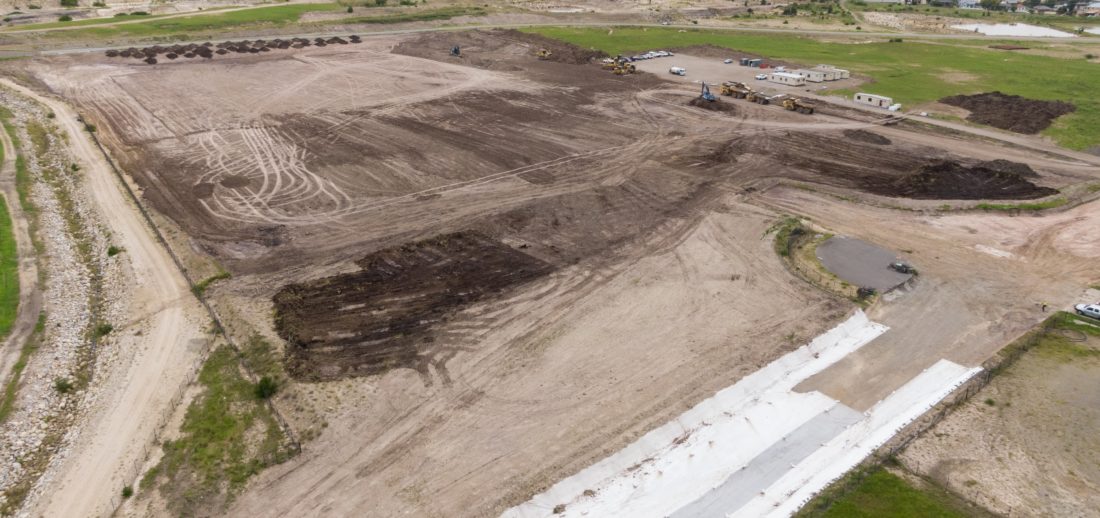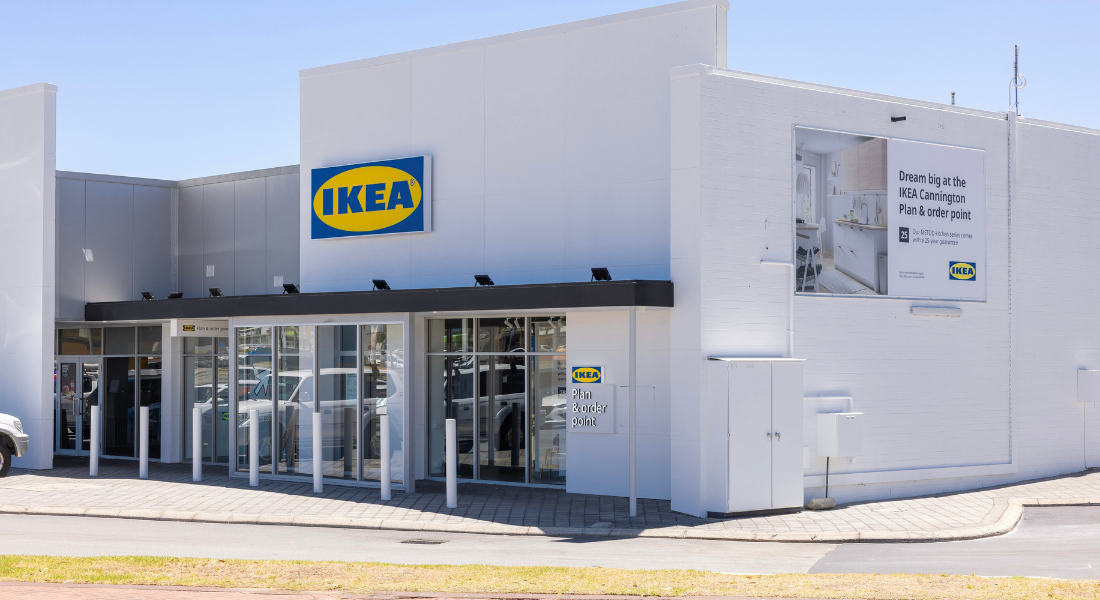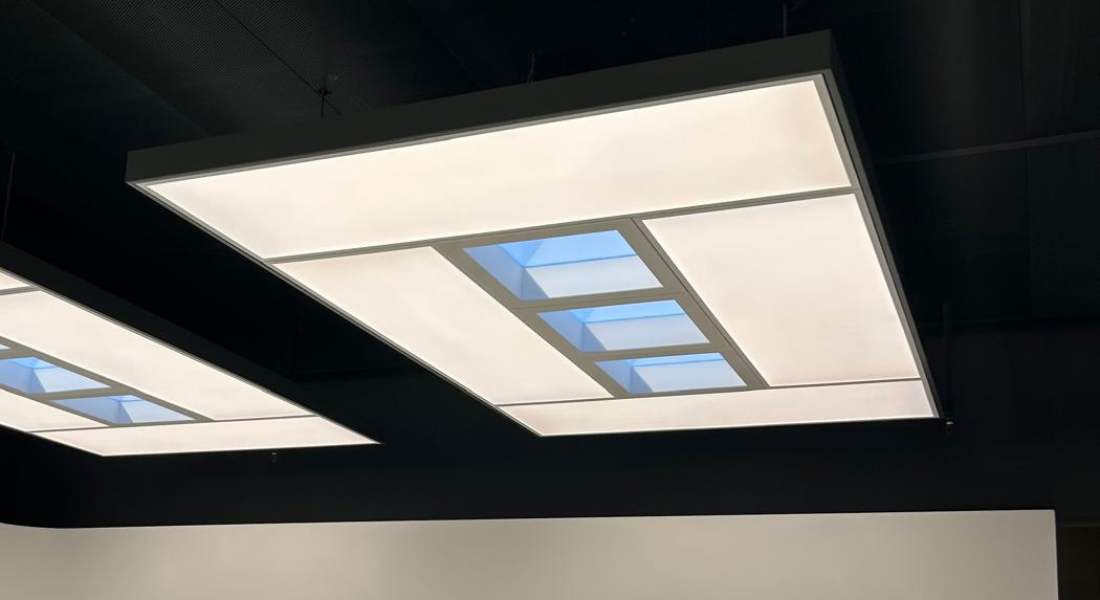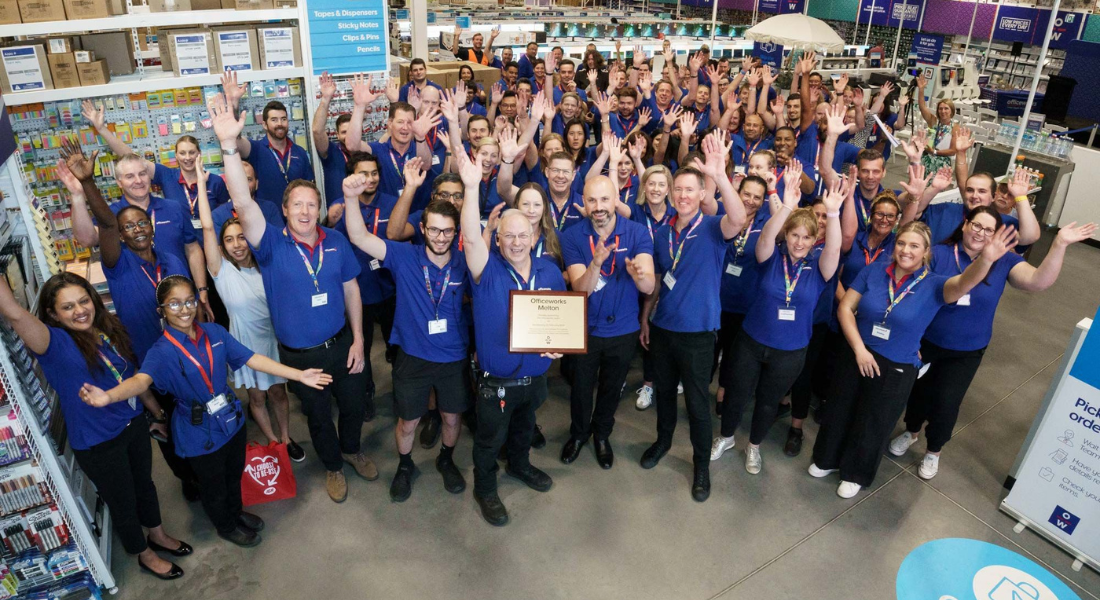How did a Large Format Retailer potentially save almost $7m by repositioning their building just 200mm?

Q. How did a Large Format Retailer potentially save almost $7m by repositioning their building just 200mm?
A. Through the application of data from the ground up – and from the ground down.
To explain, let’s set the scene. A Large Format Retail brand approached Mainbrace Constructions with a site and some basic concepts, and asked: How much will it cost us to build a new outlet in regional New South Wales?
Within a few hours, an extensive costing data lake was analysed to develop a detailed cost plan. The data analysis covered past projects of a similar size and scale, sites with similar characteristics and constraints, projects involving the appointed partners and contractors, the materials to be used, and much more.
The collection and analysis of data aims to reveal a better, more cost and time efficient approach. In this case, the data enabled the ‘above-ground’ building costs to be firmed up, however one of the major risks identified through the analysis was earthworks.
For the site in question, removal of clean material would cost $1.8m. Worse, if it was found to require remediation, the cost to export the spoil could amount to as much as $6.8m. Earthworks can be the great unknown in cost planning, so the focus turned to options to eliminate this exposure.
Understanding the significance of this exposure, combined with the data (and clearance from the need for remediation) provided in the geo-tech report, a solution was proposed which did not require the expensive, time-consuming removal of earth from the site.
By raising the site 200mm, the need to export 16,000 cubic metres of spoil was eliminated, as was the risk of incurring costs which could potentially amount to as much as $6.8m.
Crucially, the Large Format Retailer involved the construction contractor early in the design process, so this change could be incorporated with little re-work, cost or time penalty. Mainbrace worked with the client and design team to proof up the solution, giving the client confidence to secure an amendment to their DA, and progress with the build without having to cart excess material away, saving time as well as money.
The cost plan estimate was provided within half a day of the client’s initial request and would vary only slightly from the final cost of Council-approved plans.
Mainbrace, a specialist in retail construction, provides an Early Contractor Involvement (ECI) service to clients, which involves working with all project partners from the early design stages to ensure the buildability of the design while maximising time and cost efficiencies.
Mainbrace Managing Director Rob Doust explains: “Architects and engineers each bring their unique, valuable and essential skills to new Large Format Retail projects. Construction contractors do likewise, only through a different lens. No one knows the buildability or detailed costings of construction like them, but they are often not in the room at the start. By involving the construction contractor from the outset, clients can ensure their design is appropriate in both a budgetary and a buildability sense, minimising duplication and avoiding costly re-design requirements.
“When the builder can also offer data insights to identify risks before they’re encountered, drawing on predictive analytics to inform the most efficient path to the desired outcome, the time, material and cost efficiencies can be optimised and costs validated.
“Increasingly, construction companies who have invested in and can draw upon an ever-expanding data lake will be able to provide clients with significantly greater certainty around project costs, risk identification and mitigation, enhanced project timeframes and ultimately better, safer, more efficient Large Format Retail assets,” Doust says.
This has been the case with the example cited. The initial request to cost the build of a new Large Format Retail outlet in regional New South Wales arrived in June 2020, at the height of uncertainty generated by the pandemic. Yet, by December 2020, Mainbrace was on site and the project is underway.

Rob Doust, Managing Director,
Mainbrace Constructions




